Nepal has been keeping good relations with its neighboring countries, especially India, from the very beginning.
However, the recent boundary issue created some misunderstandings of late. These issues have justified the need for an urgent dialogue between the two neighbors.
Common Nepali people are extremely curious to know about the fallout of the issue in both countries.
This curiosity has given rise to a number of opinions. Indian Foreign Secretary Harsh Vardhan Shringla is visiting Kathmandu later this month for a formal dialogue — a positive sign that New Delhi is willing to go the extra mile to improve bilateral ties that had nosedived earlier this year.
The decision of his arrival was publicized a couple of days after Indian Army Chief General MM Naravane was conferred the honorary rank of General of the Nepali Army.
During his three-day visit to Nepal, Gen Naravane met Prime Minister KP Oli, who has been reiterating the need for formal dialogue between the two neighbors to resolve all problems.
It should be noted that Nepal and India have a long-standing special relationship.
Also, the two sides will discuss the revival of the Pancheshwar multi-purpose project on river Mahakali as well as other hydro-electric projects.
Prime Minister Oli had faced resistance within his cabinet during Gen Naravane’s visit but had adeptly dealt with it, and bringing the Ministry of Defense in his purview from Deputy Prime Minister Ishwor Pokhrel.
Gen Naravane’s visit was considered crucial, particularly given the fact that he was the first high-ranking Indian official to react to protests by Nepal’s government over a border road built connecting Tibet’s Mansarovar.
It is, however, not clear whether PM Oli directly broached the topic when General Naravane called on him last week.
However, PM Oli did make his point. People familiar with the discussions said Pm Oli did make a pointed reference to the fallout of the row over Nepal’s political map, describing it as a “misunderstanding”.
At the same time, he did underline that Nepal takes its sovereignty very seriously, a remark that is being seen in New Delhi to explain his decision to issue a fresh political map.
During the two days — November 26 and 27 — that Shringla spends in Kathmandu, he is already scheduled to hold meetings with his counterpart Bharat Raj Paudyal who took charge just last month and Foreign Minister Pradeep Kumar Gyawali.
The career diplomat will also meet President Bidhya Devi Bhandari and Prime Minister Oli during his visit.
Shringla’s conversations in Nepal are also expected to lead both sides to finalize the schedule for the meeting of the Joint Technical Level Boundary Committee.
Nepal had been working at mollifying New Delhi for some time and had withdrawn school textbooks that contained the new political map.
Officials stress that the boundary issue was going to be only one aspect of the visit.
“This is not a single-agenda visit,” a senior diplomat said, pointing that the visit could see India committing to help Nepal with coronavirus vaccines once its production starts.
Also, the two sides will discuss the revival of the Pancheshwar multi-purpose project on river Mahakali as well as other hydro-electric projects.
India had been holding off on Harsh Shringla’s visit for most of this year to convey New Delhi’s displeasure over the communist government’s move to issue a new political map that included a slice of land including the Limpiyadhura, Lipulekh and Kalapani areas to the west of Nepal.
New Delhi had rejected the map, brushing away what it had said was Nepal’s effort at a cartographic expansion.
Nepal had been working at mollifying New Delhi for some time and had withdrawn school textbooks that contained the new political map.
On the brighter side, the past and upcoming talks and discussions between both countries will surely help to reduce misunderstandings between both the nations.
The upcoming discussions will allow both the countries to strengthen their relationships and also contribute to aid the country as well as its people.


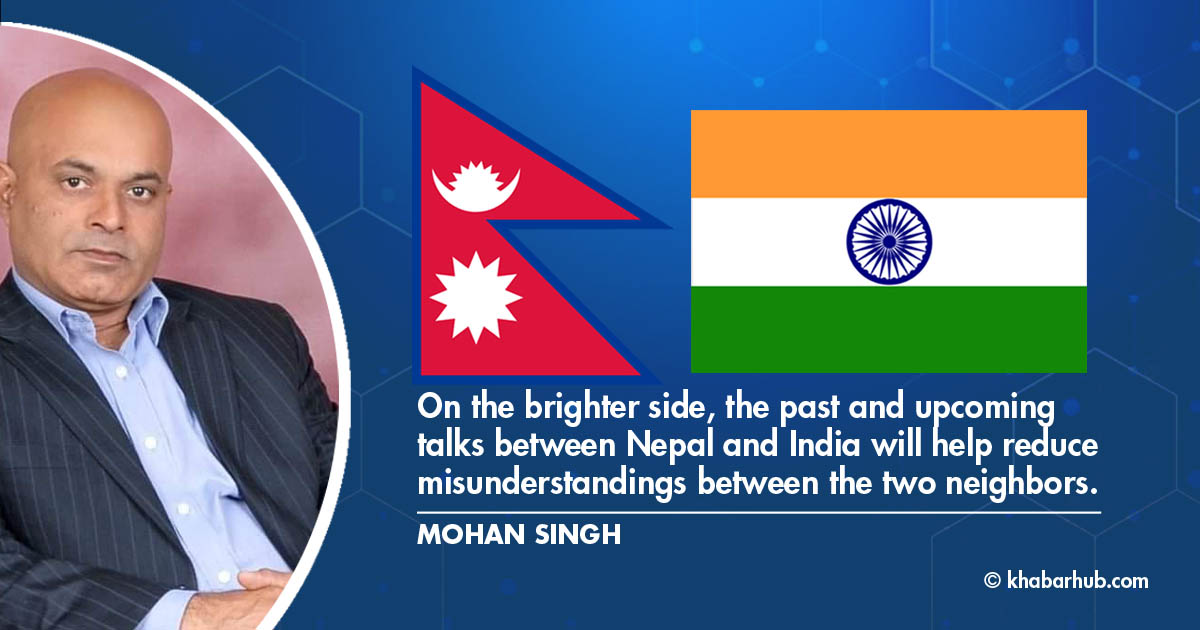
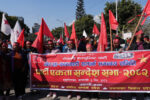
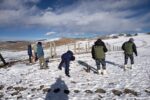
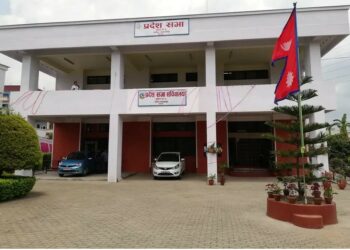
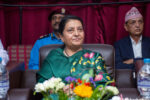
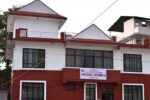

Comment